Blind sport offers more than recreation; it’s a powerful avenue for personal growth and empowerment. Within the association, blind athletes develop skills in diverse sports like Goalball, Blind Football, and Judo, recognized nationally and globally by the International Blind Sports Federation (IBSA). The ultimate goal? Seeing these athletes shine as Paralympic champions, a testament to the opportunities blind sport unlocks. It’s about transforming lives and breaking barriers, one sport at a time.
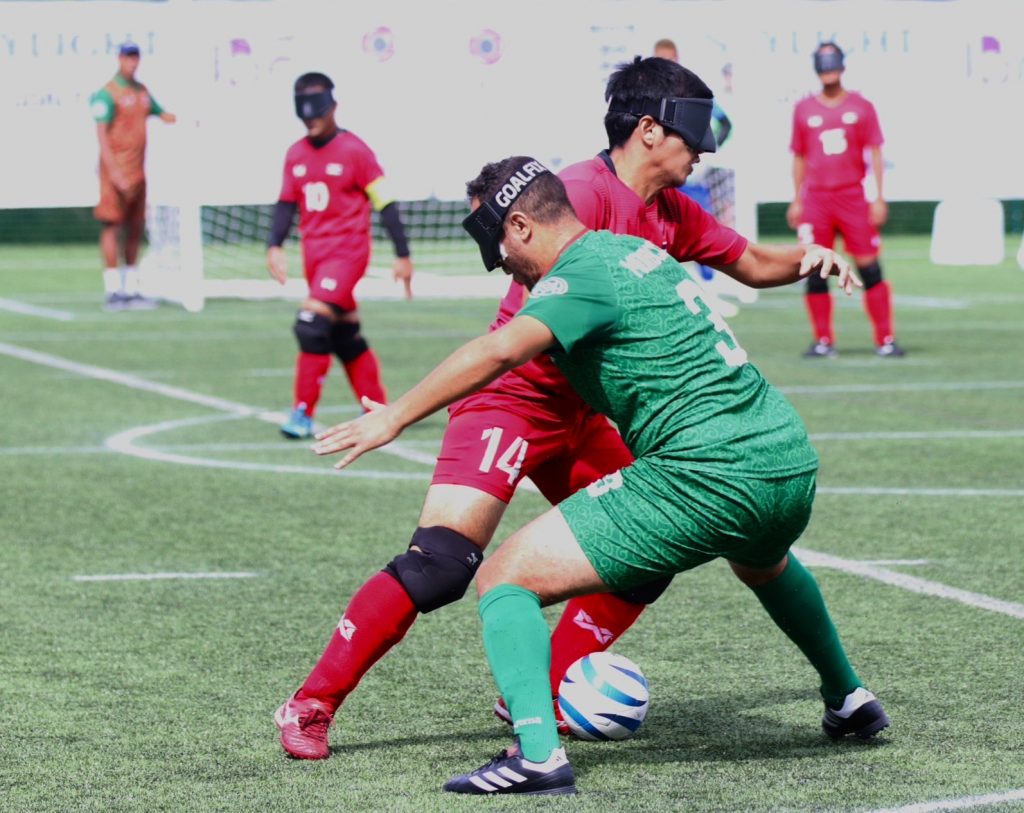
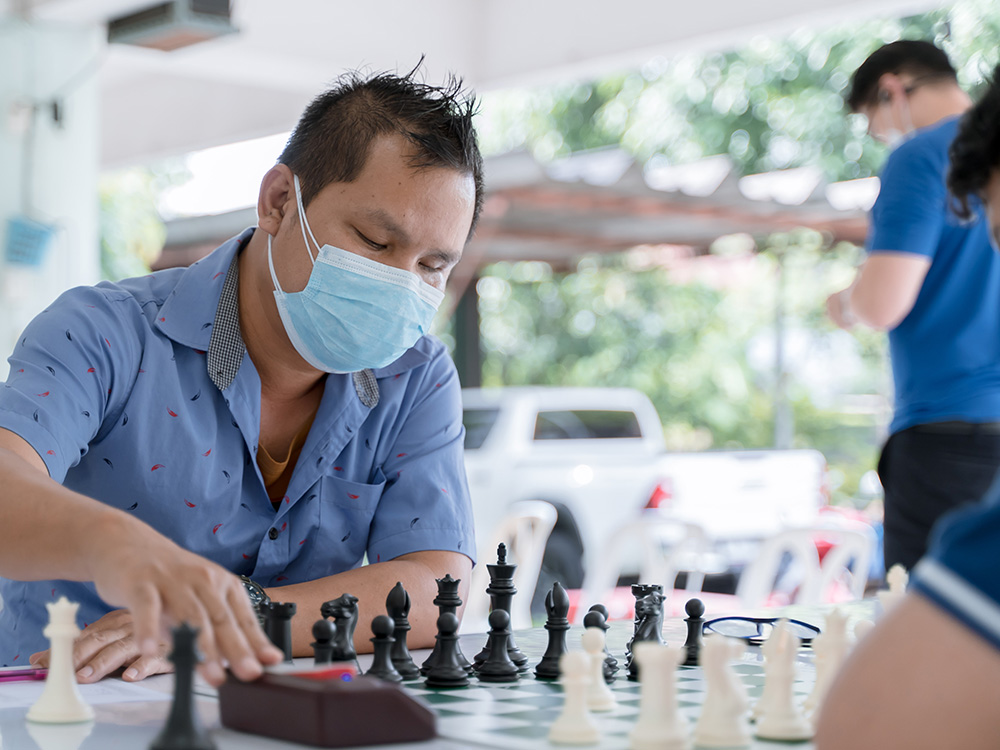
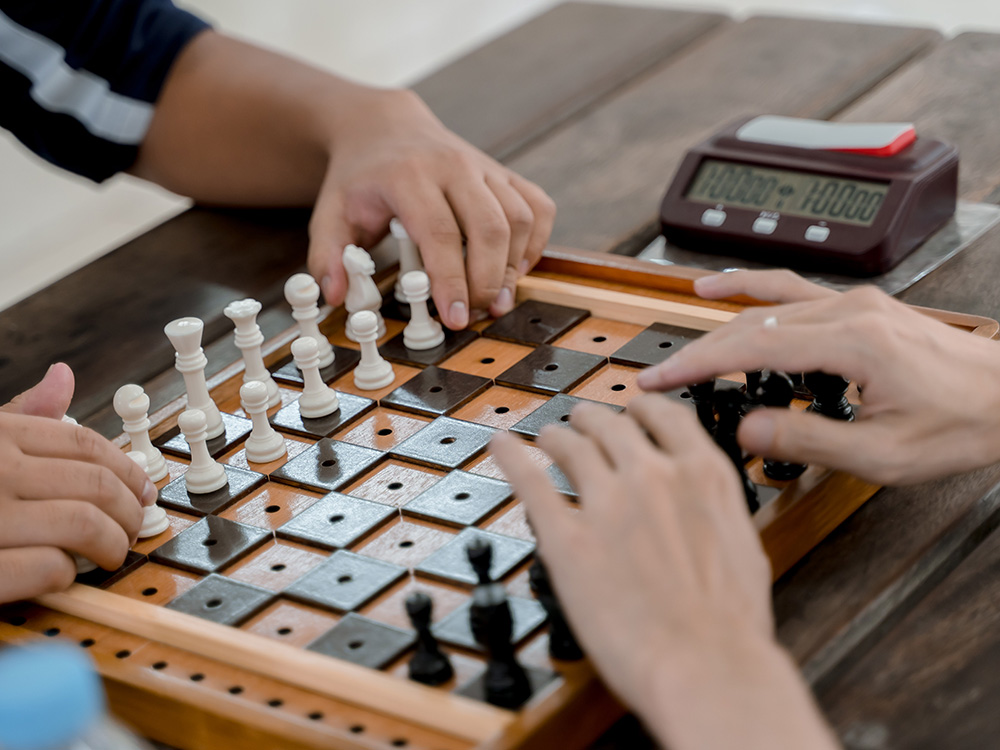
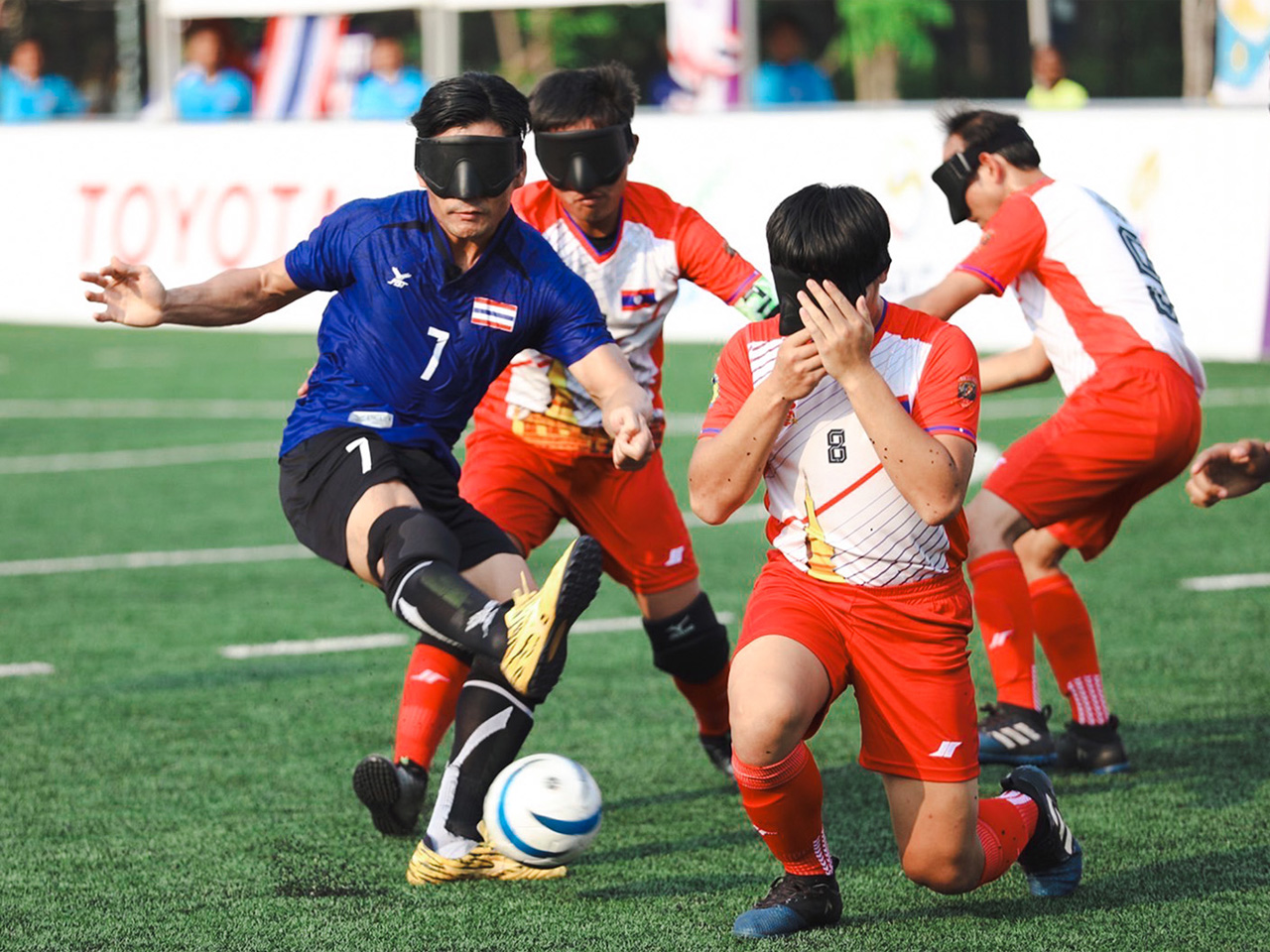
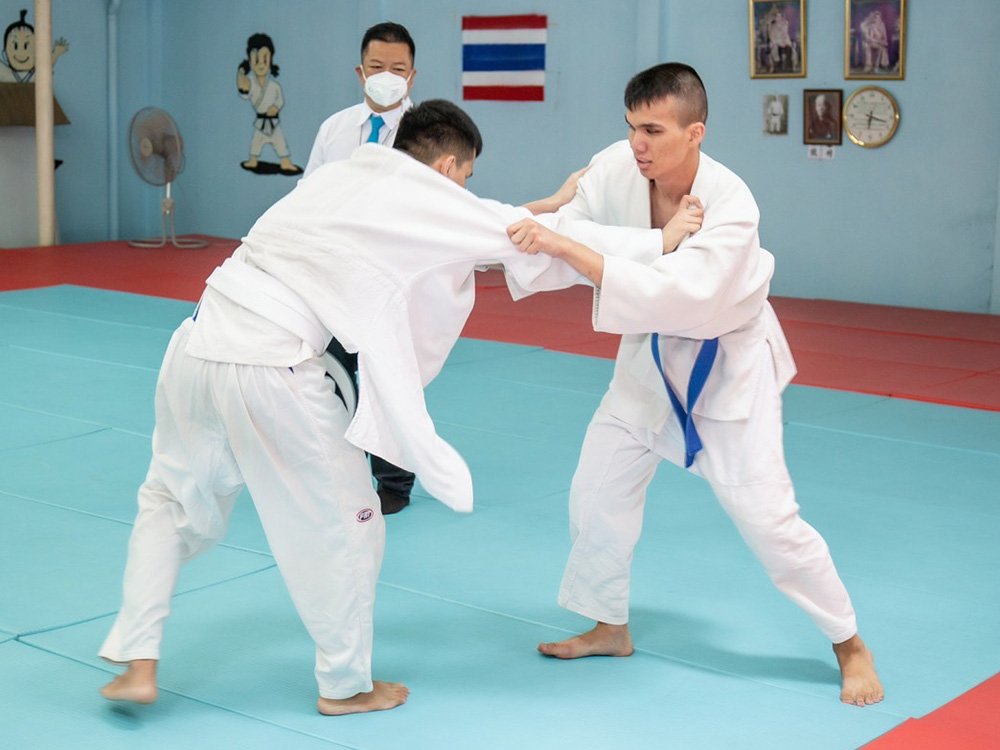
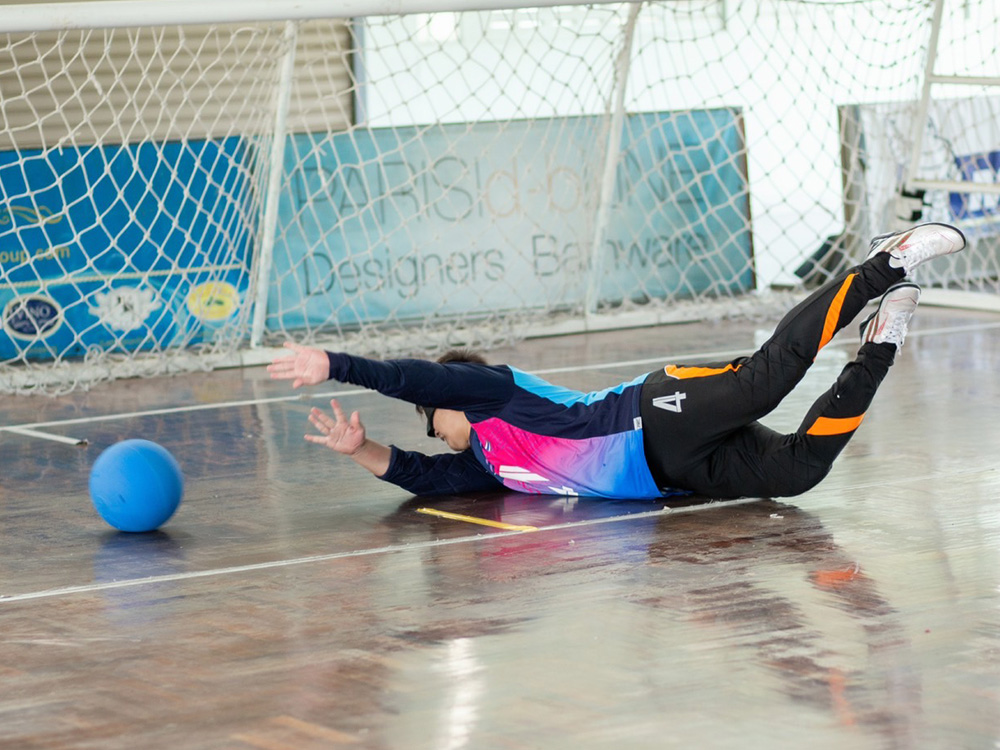
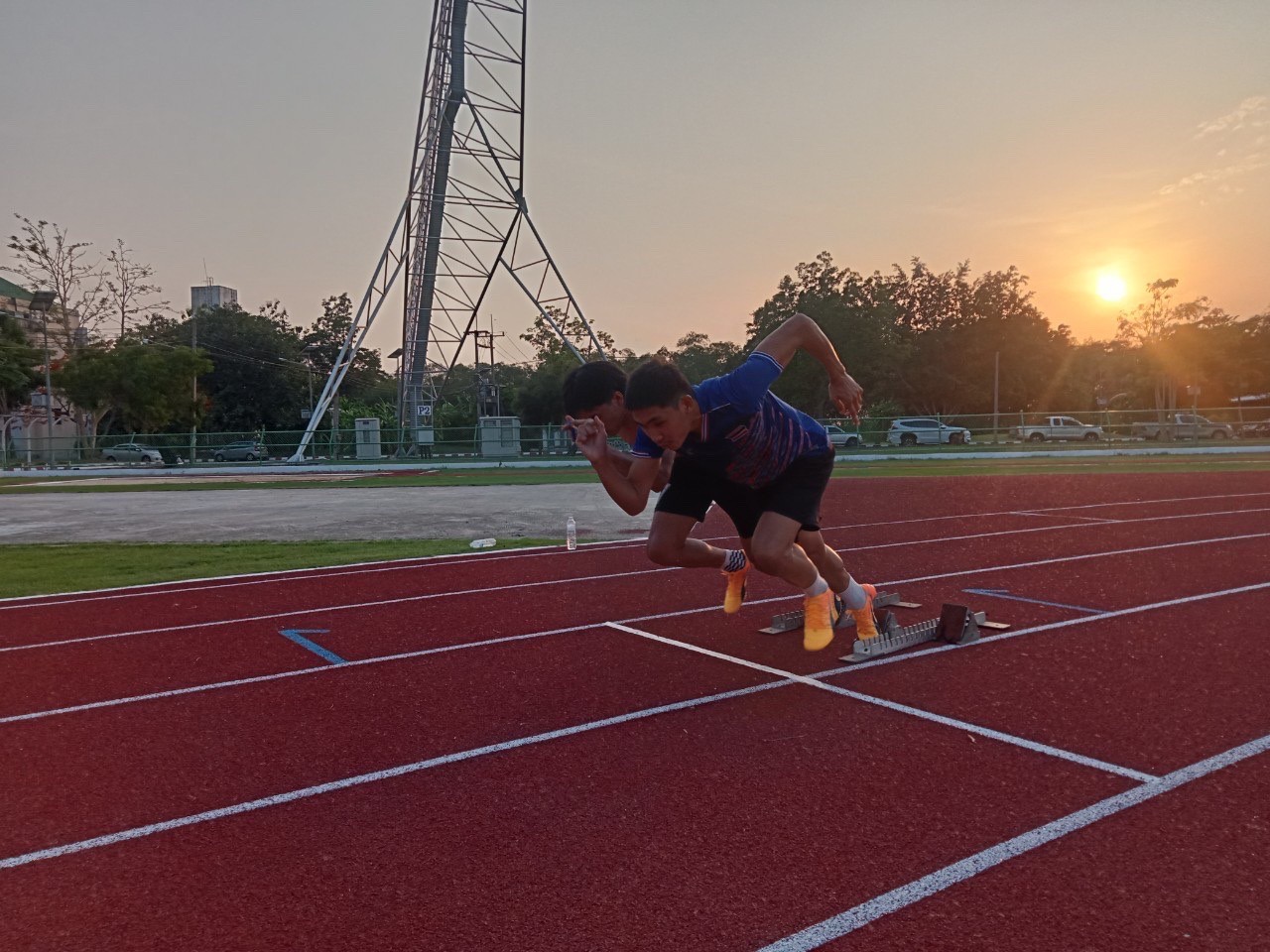
Competitions are divided based on visual impairment levels: B1, B2, B3.
Each category is further specified according to the level of visual impairment as T11 (total blindness), T12 (partial vision), and T13 (limited vision, generally able to perceive shapes from a distance of 2-6 meters).
Athletes must use a triple-layered blindfold during competition.
Competitions include both track and field events.
A “Guide Runner” assists players at the B1 level (or T11).
Players at the B2 level (or T12) can request a Guide Runner if needed
Follows similar rules to regular bowling.
Special equipment includes a large-size guide rail used to guide players with total blindness (B1) to the bowling lane.
The chessboard differs from the standard board, with the black squares raised higher than the white ones, and each square has a hole to facilitate placing the pieces.
Black chess pieces have a knob on top for players to differentiate between black and white pieces by touch.
Players must verbalize their moves after each move on the board.
New-generation competition timers feature audible time indicators.
Two-seater bicycles are used in competitions.
The “Pilot” is a sighted cyclist sitting in front, acting as the eyes for the visually impaired cyclist sitting behind. Competitions include both track and road events.
Each team consists of 5 players, with rules similar to indoor soccer.
A sighted goalkeeper works with the main coach (Goal Guide) stationed behind the goal of the opposing team to indicate positions and goal opportunities to players. Instructions can only be given within specified areas.
The football contains a bell inside to provide auditory cues to players.
Before making a tackle, players must announce their position audibly. Failure to do so results in a penalty as it is considered a foul.
To avoid collisions, players without possession of the ball must shout “Voy,” which means “I Go” in Spanish, indicating that they are going to play, at the moment they intend to tackle or challenge for the ball.
A Kick Board, a large-sized board placed on both sides of the field, serves as an essential tool to indicate the boundary of the field, prevent player collisions, keep the ball from going out of bounds, and sometimes serve as an area for ball contention or for using ball reflection techniques to pass to players.
Each team has 3 players on the field.
There is no division based on visual impairment; all players wear blindfolds.
The gameplay involves rolling a ball with a bell inside into the opposing team’s goal. Teams take turns attacking and defending, and the team with more goals wins.
Judo is a popular sport among visually impaired athletes worldwide.
Rules are similar to those of regular judo competitions.
Players grip each other’s uniform before starting a match to establish distance.
If grips are lost, the referee will stop the match and the players will reset their grips.
Another popular sport among various types of disabilities, including the visually impaired and even the sighted.
Uses equipment similar to regular lawn bowls.
Markers are placed in the center of the field to help players determine the throwing path.
An “Assist” is a sighted player who provides direction and weight information to visually impaired players.
Competitions have 3 levels: S1 (total blindness), S2 (partial vision up to 1-2 meters), and S3 (partial vision up to 3-5 meters).
Swimming goggles with opaque lenses are used to prevent sight.
A “Tapper” uses a tapping stick to signal visually impaired swimmers before reaching the pool edge.
Follow and support our project by subscribe to our newsletter
88 Soi Inthamara 43, Sutthisan Rd. Ratchadaphisek, Din Dang, Bangkok, 10400
02-693-6655
02-275-6720
02-693-6799
© 2023 Thailand Sport Center for Blind Athletes. All rights reserved.